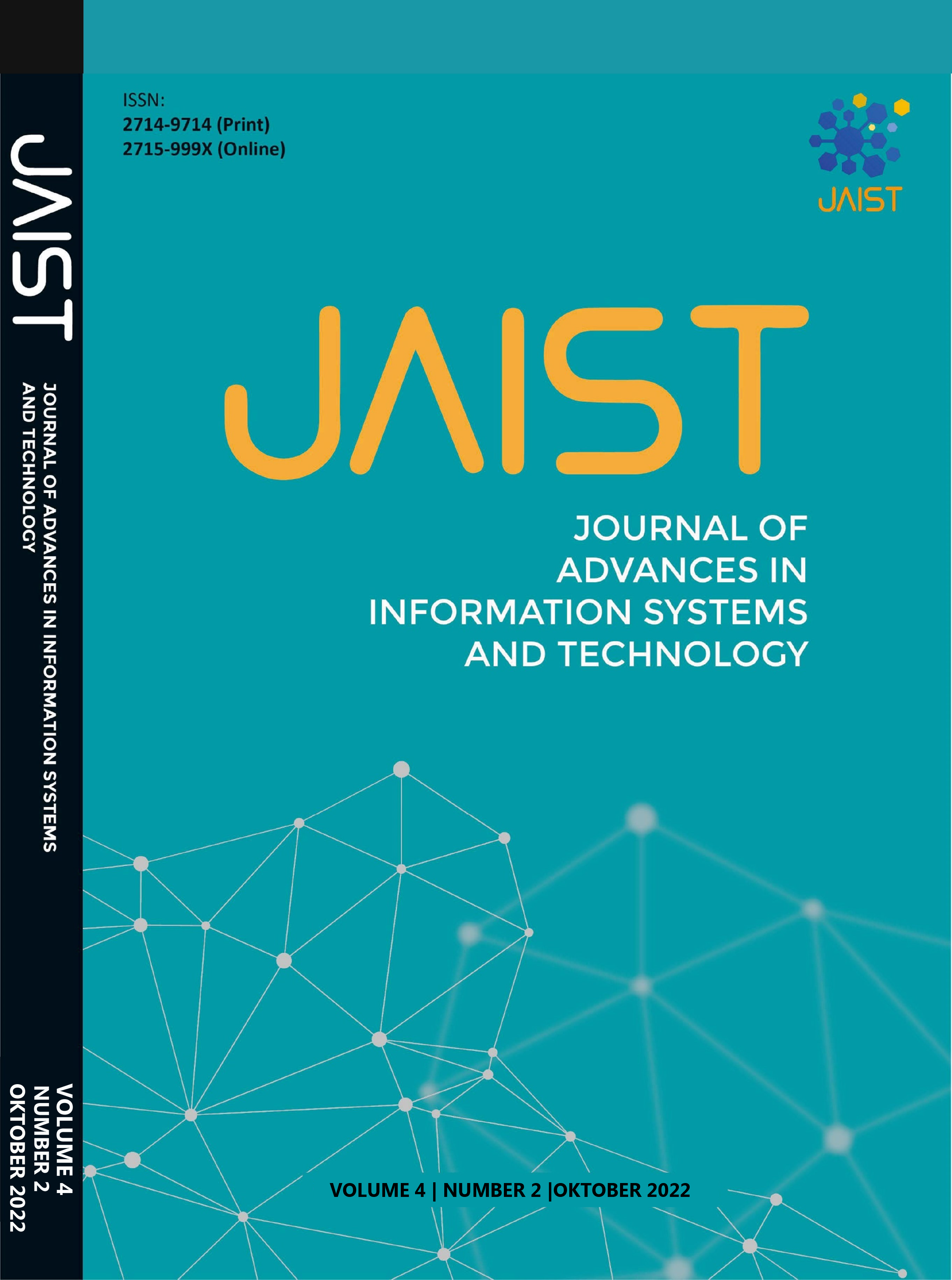Factor Analysis of Continuance Intention to Use QR Code Mobile Payment Services: An Extended Expectation-Confirmation Model (ECM)
Abstract
QR code mobile payment is a payment method that is quite popular in Indonesia where users only need to open or display a QR code on the m-payment application when making transactions. Users can make payments easily, anywhere and anytime. Apart from the benefits of QR codes on m-payments, there are still obstacles regarding the intention to continue using them. Some users stopped using the QR code service on the m-payment application due to the potential risks involved. The purpose of this study is to find out what factors can affect continued intention to use QR code m-payment. The research model used is the Extended Expectation-Confirmation Model (ECM) by combining ECM and UTAUT and adding trust and perceived risk variables. The number of samples in this study was 313 participants who were users who had used QR code m-payment OVO, GoPay, or ShopeePay with a minimum age of 17 years. The sampling technique used is purposive sampling. This study uses quantitative methods and data analysis with the PLS-SEM approach using SmartPLS version 3. The results of this study are three rejected hypotheses and nine accepted hypotheses. Based on the accepted hypotheses, it shows that social influence, trust, and satisfaction affect continuance intention to use QR code m-payment. Social influence is the biggest factor affecting continuance intention to use QR code m-payment service. These results can be considered for developers and companies such as OVO, GoPay, and ShopeePay.
Copyright (c) 2023 Journal of Advances in Information Systems and Technology

This work is licensed under a Creative Commons Attribution-ShareAlike 4.0 International License.


